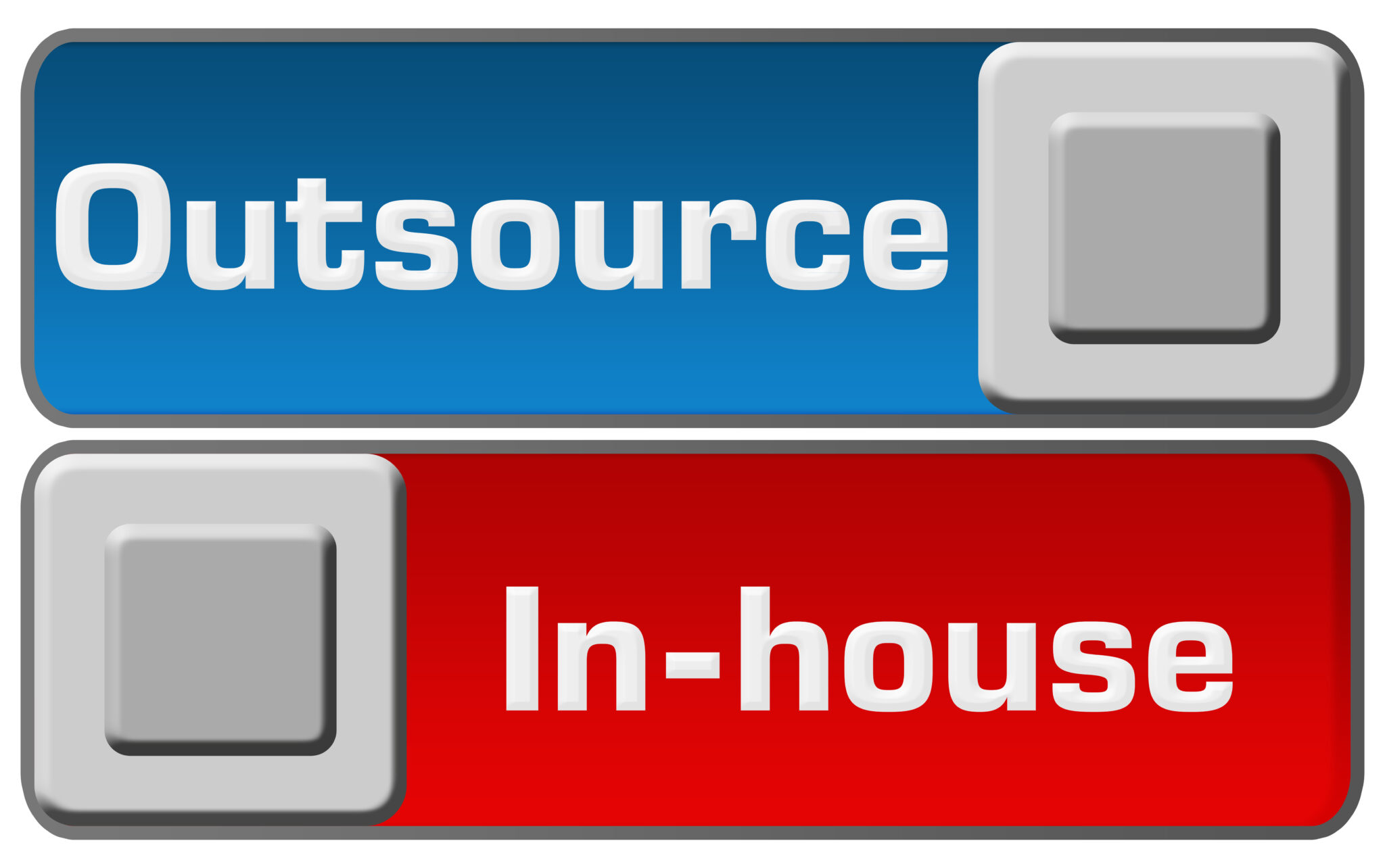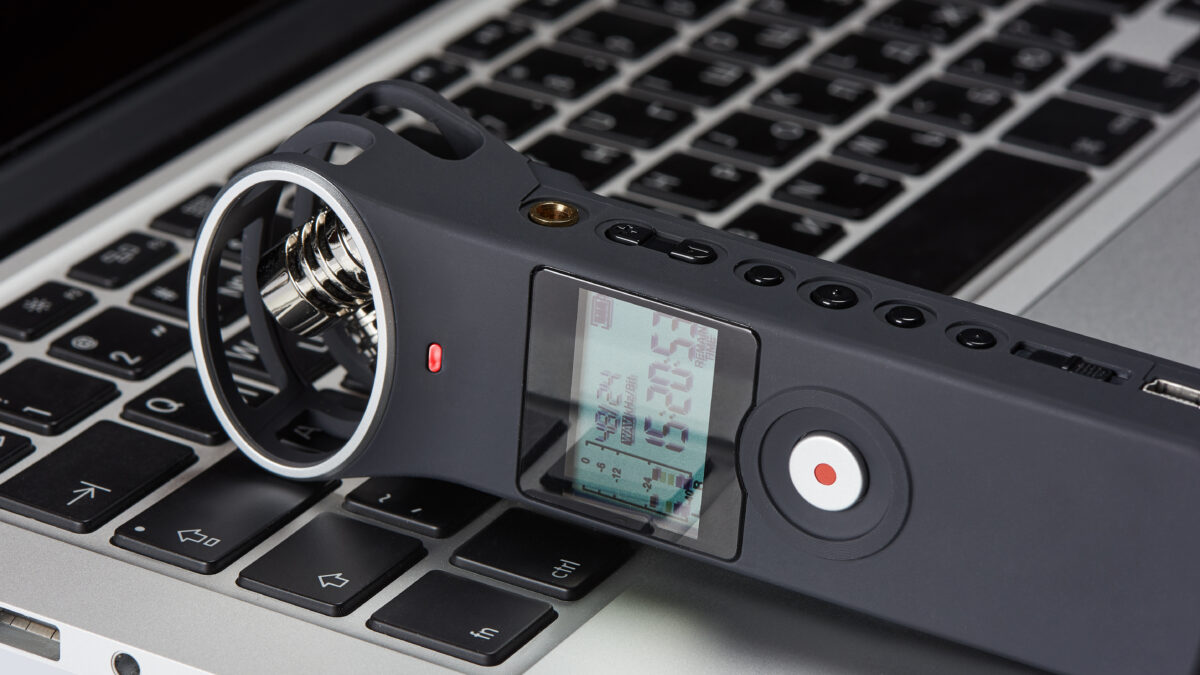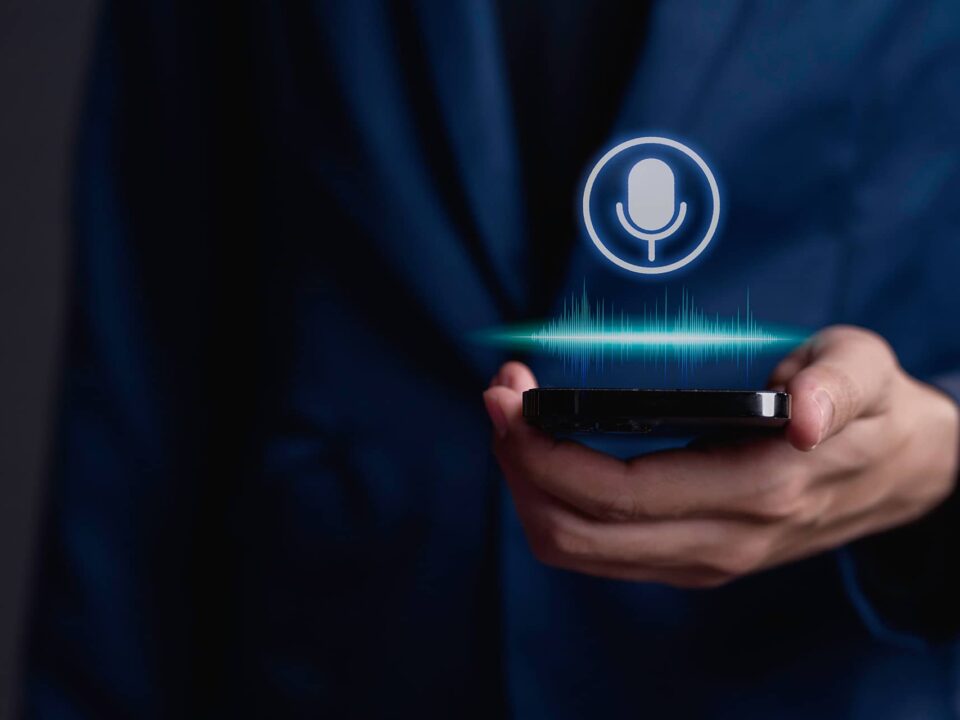
Why Smart Businesses Outsource Transcription
November 10, 2020
Law Enforcement Transcription, Cybersecurity, and Doxxing
November 19, 2020Dictation Tips for the Best Quality Transcripts
Outsourcing transcription is most successful when buyers vet suppliers to find the best transcription service and when clients implement best practices for recording audio. To ensure your next speech to text project’s success, we’ve prepared a list of 12 dictation tips to help you achieve high quality transcripts.
1. Know your recording device. Whether you capture recordings by telephone, digital recorder, or a mobile app, take a few moments to familiarize yourself with your device. When you use features like pause, delete, and insert, your recordings will be more coherent.
2. Dictate in a quiet place, if possible. Quiet areas that are free of distractions and noise are the most conducive to generating high-quality audio recordings. While recording, avoid talking to others because this can confuse which information you want transcribed.
3. Avoid speakerphones and cell phones. These can degrade audio quality. The best audio to text companies should offer mobile dictation apps that provide the same convenience as speakerphones and cell phones, but with much better audio quality.
4. Organize your data and thoughts first. Collect any notes you’ll need to reference during your recording. The more cohesive your thoughts are, the more accurate the finished transcript will be.
5. Avoid silence. Use the pause feature judiciously to avoid recording long periods of silence. Long gaps of recorded silence may unnecessarily inflate your costs, depending on how your transcription service bills you.
6. Provide pertinent demographics. Be sure to include all the necessary identifying information for your subject matter. For example, include all name spellings, addresses, dates, and similar. If dictating these details is too time-consuming, ask your transcription service if they offer alternative ways of collecting these details so you can avoid speaking them.
7. Speak conversationally. Talk like you’re having a chat with a friend or colleague. Speaking at a normal pace will make your words intelligible to the artificial intelligence transcription software and your transcriptionist. Avoid dictating through a yawn or eating a sandwich while recording.
8. Be Clear. Be sure to enunciate and spell new terms, unfamiliar words, and easily-confused items. If the terminology associated with your material isn’t available online, consider providing the transcription service with a list of commonly used terms.
9. Avoid Excessive Abbreviations. While some abbreviations are commonly understood, excessive use of multiple abbreviations may be misinterpreted and compromise your intended meaning.
10. Don’t Repeat Yourself. Your transcriptionist can rewind the audio file to clarify what you recorded. If you need to gather your thoughts, instead of repeating the dictation to buy time, pause the recording.
11. Be Complete. Remember to dictate all the necessary data to populate your template. The best transcription services will offer tools with their mobile apps so you can see your template as you dictate.
12. Say When You’re Finished. Say “end of dictation” or “end of recording,” so your transcriptionist knows you’ve reached the end of what you want to say.
For more tips on getting the most from your speech to text transcription projects, contact Athreon. We would be delighted to give you a no-risk, no-commitment consultation and a demo of our audio capture software!





